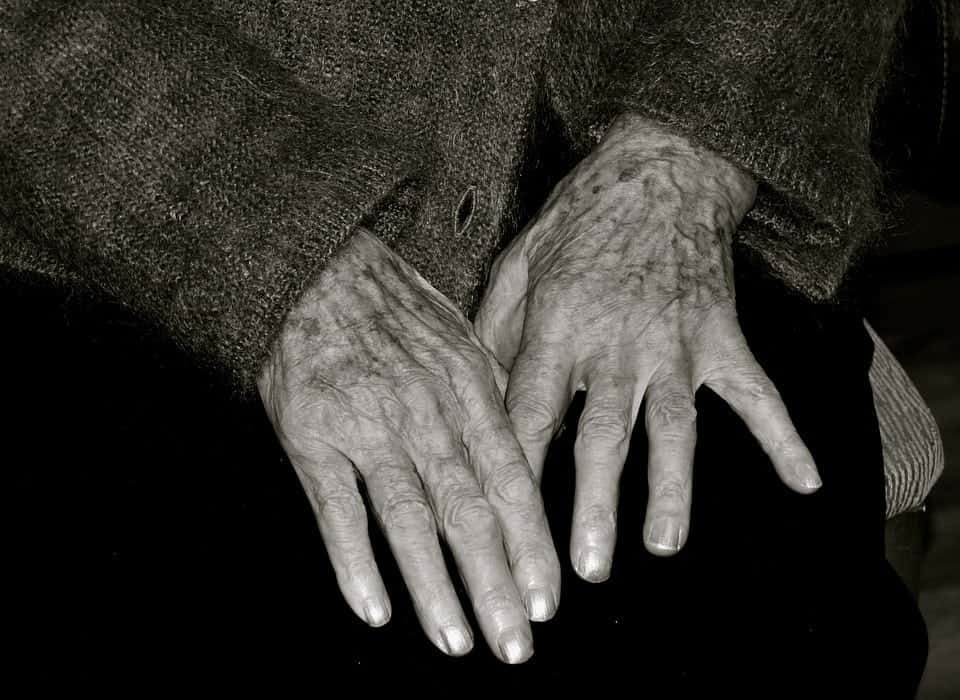
Photo: PA
The first drug to prevent Alzheimer’s disease has been created by scientists.
It boosts a chemical that clears the brain of rogue proteins that cause memory loss and confusion.
Mice prone to the disorder remained free of it after being injected with the compound.
It is hoped the revolutionary medicine will slow or even reverse dementia in humans. Trials are already being planned.
Currently, there are no treatments that can do this. Existing ones only help with symptoms.
Known as a ‘pharmacological chaperone’, it mends mutant proteins called amyloid beta and tau that misfold in the grey matter of patients.
Explained senior investigator Professor Domenico Pratico: “Our chaperone drug specifically restored levels of a sorting molecule known as VPS35, which helps move proteins out of endosomes, compartments inside cells where proteins are sorted for degradation.”
His team previously found VPS35 actively sweeps out amyloid beta and tau that can collect in clumps and tangles, respectively, destroying neurons.
In Alzheimer’s, levels are reduced. Eventually, these deposits of abnormal proteins interrupt neuron activity and lead to brain degeneration.
In experiments, lab rodents genetically engineered to develop the disease were treated with the drug from a young age.
As they got older, before they began to show signs of it, they were tested for its effects on memory and learning.
Compared to untreated peers destined for Alzheimer’s, they did much better – and behaved just like normal mice in the wild.
An analysis of their neurons found much less tau and amyloid beta that fuel the disease.
The researchers also found the amount of VPS35 was restored. What is more junctions, or synapses, where brain cells come together to exchange information, were fully functional.
Prof Pratico, director of the Alzheimer’s Centre at Temple University, Philadelphia, said pharmacological chaperones are an emerging therapy that target proteins that “crumple together like sticky tape.”
When this happens, rather than being transported to recycling sites within cells, old or dysfunctional proteins become trapped. Eventually, they gum up cellular machinery, causing major problems.
Fortunately, cells are equipped with molecular machinery that detects defective proteins, sorts them out, and then either removes or stabilises them, stopping accumulation and harm.
Pharmacological chaperones can help in this process.
Prof Pratico said: “Relative to other therapies under development for Alzheimer’s disease they are inexpensive, and some have already been approved for the treatment of other diseases.
“Additionally, these drugs do not block an enzyme or a receptor but target a cellular mechanism, which means that there is much lower potential for side effects.
“All these factors add to the appeal of pursuing pharmacological chaperones as novel Alzheimer’s treatments.”
The study published in the journal Molecular Neurodegeneration shows one such drug can effectively disrupt the abnormal processes that damage neurons in the brain, cause memory loss and ultimately give rise to Alzheimer’s.
The trafficking of proteins from endosomes to the cell membrane or another cellular compartment is fundamental for normal cell function.
Prof Pratico said VPS35 is of particular importance, since it separates out dysfunctional and old proteins and sends them off for recycling.
Before moving to trials in patients, he wants to next investigate the effects of pharmacological chaperone therapy in older mice.
Added Prof Pratico: “Because our most recent investigation was a preventative study, we want to know now whether this therapy could also work as a treatment for patients already diagnosed with Alzheimer’s disease.”
There haven’t been any new dementia drugs in over a decade. Currently, there are an estimated 850,000 people with the condition in the UK, a figure set to rise to 2 million in the next three decades.
Related – Alzheimer’s could be predicted by brain scan…decades before symptoms develop